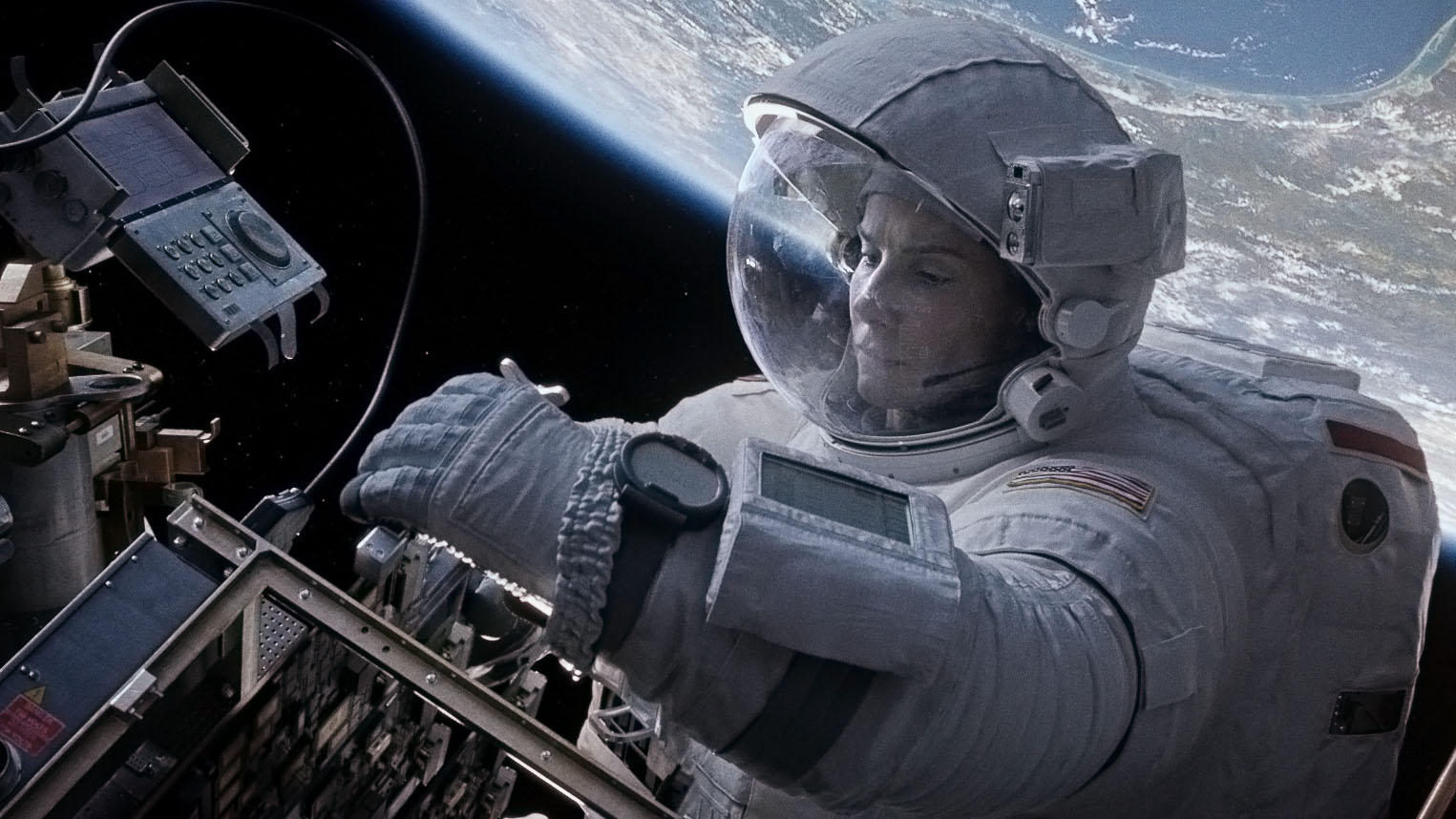It's time we had a quality standard for 3D, say leading experts
More Avatars, fewer Piranha 3Ds

Does 3D still have a future? With the rise of 4K, Imax and other improvements to the way we watch film and TV, it's a good question.
High-quality 3D has brought a handful of films to life (Avatar, Life of Pi, Gravity…), but even then, replicating that same experience in the living room can be a huge challenge. And for every stellar 3D movie, there's been a stinker. Need we mention Clash of the Titans and its post-production botch job?
For a lot of people, the novelty of 3D has already worn out. Yet, each year we're seeing more movies getting the stereoscopic touch, and the box office for 3D films has grown 5% alone in 2014. So what will be key to keeping the format alive?
Karina Neill, Director of Cinema, EMEA of RealD Europe (the most widely used tech for watching 3D in cinemas right now) told TechRadar that she believes it's time we had a quality assurance standard to avoid another Clash of the Titans, else the format risks putting more people off.
"From a technical aspect I think we should set a standard of having a minimum light level on screen, for example, but I don't think you can link that back to the content. You get very bad films in 3D as well as 3D, so it's very hard to grade that."
Stamp of approval
Chris Parks, Founder and Head Stereographer at Vision3, and stereoscopic supervisor on Gravity, highlighted that it only takes one bad first experience with slipshod 3D to put someone off for good.
"I've been into theatres and watched films I had to walk out of," he said. "I've been into one where I had to put the glasses on upside down because the eyes were inverted, I've been into ones where there was so much vertical discrepancy between the eyes it gave me a headache by the end of it - and I'm watching 3D day in and day out.
Get daily insight, inspiration and deals in your inbox
Sign up for breaking news, reviews, opinion, top tech deals, and more.
"That quality stamp I think will be something that'll be hugely valuable. Brightness is incredibly important. There are moves in the right direction with that, and we're a long way from where we should be.
"All it takes is one person... if their first 3D experience is on a bad screen, and to them that's what 3D is about, there's no point in seeing it…. in a low brightness film you lose a lot of the depth perception. And then the 3D gets blamed for the darkness, rather than it being a combination of the 3D, the technology behind it, the projection and the grade. All of these things need to be looked at together."
Hugh Langley is the ex-News Editor of TechRadar. He had written for many magazines and websites including Business Insider, The Telegraph, IGN, Gizmodo, Entrepreneur Magazine, WIRED (UK), TrustedReviews, Business Insider Australia, Business Insider India, Business Insider Singapore, Wareable, The Ambient and more.
Hugh is now a correspondent at Business Insider covering Google and Alphabet, and has the unfortunate distinction of accidentally linking the TechRadar homepage to a rival publication.
